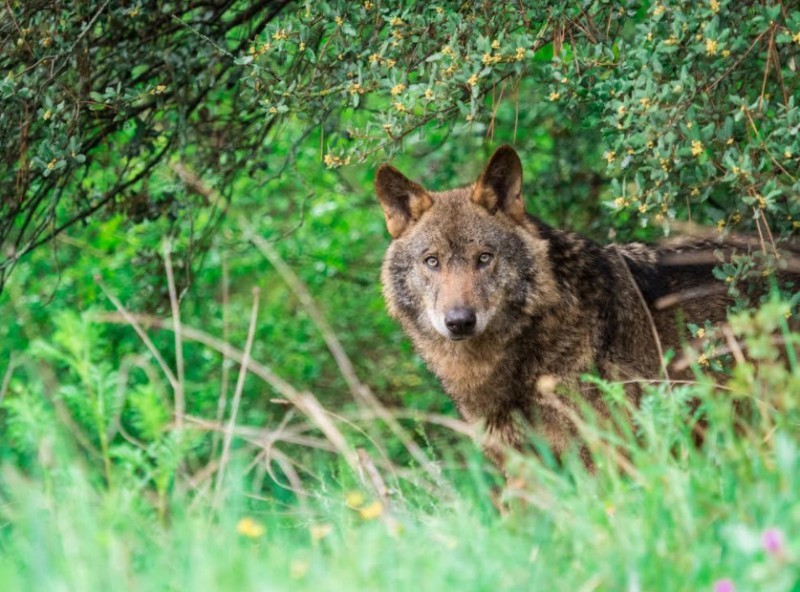ARCHIVED - Cantabria government authorizes wolf cull
The shooting of 34 wolves is permitted in Cantabria after attacks cause the loss of over 1,000 head of livestock
The regional government of Cantabria in the north of Spain has passed a resolution to allow the culling by hunters of 34 wolves in the mountains in the north-west of the region, upsetting conservationists but pleasing cattle farmers as the eternal debate between the two points of view continues.
The quota of 34 is to be met between August 1 this year and July 31 next year and obeys the criterion of a maximum of 20 per cent of the known wolf population in the area. The cull is to take place during boar hunts and through other activities carried out by the regional Department of Biodiversity, the Environment and Climate Change, responding to the need to prevent wolves from spreading into “inappropriate areas”, according to regional government minister Guillermo Blanco.
Sr Blanco adds that between July 2020 and April 2021 a total of 694 wolf attacks on livestock were reported, resulting in the deaths of 1,210 animals. Since 1988, he adds, the wolf population in the region has increased six-fold, and there are now 20 known packs.
In February of this year a committee in the Ministry of Ecological Transition decided to introduce a uniform national ban on wolf hunting all Spain, but this move was strongly opposed by the northern regions where the species actually lives and represents a threat to livestock farming, such as Cantabria, Asturias, Castilla y León and Galicia. They also received support from regional governments led by the opposition PP party, including the Region of Murcia, where the wolf population is believed to be limited to those living in captivity.
There are between 1,600 and 2,700 specimens of the Iberian wolf living in the wild in Spain and in recent years the population has grown in the mountains not far north of Madrid, where the species had died out 70 years previously.
Image: Archive



























